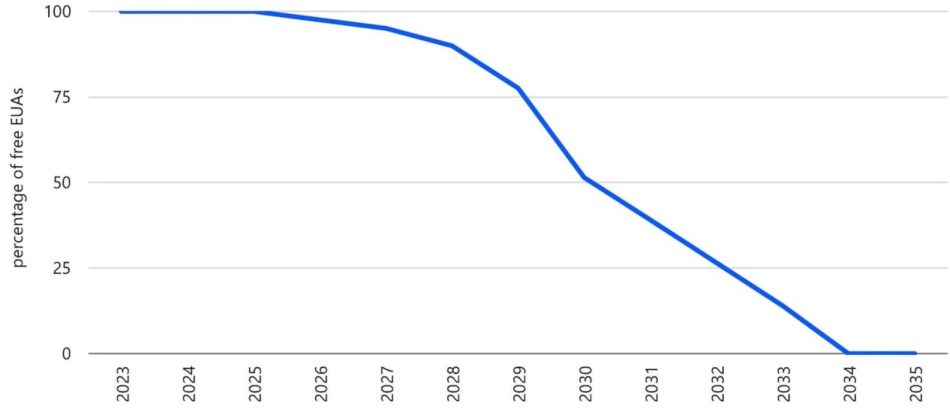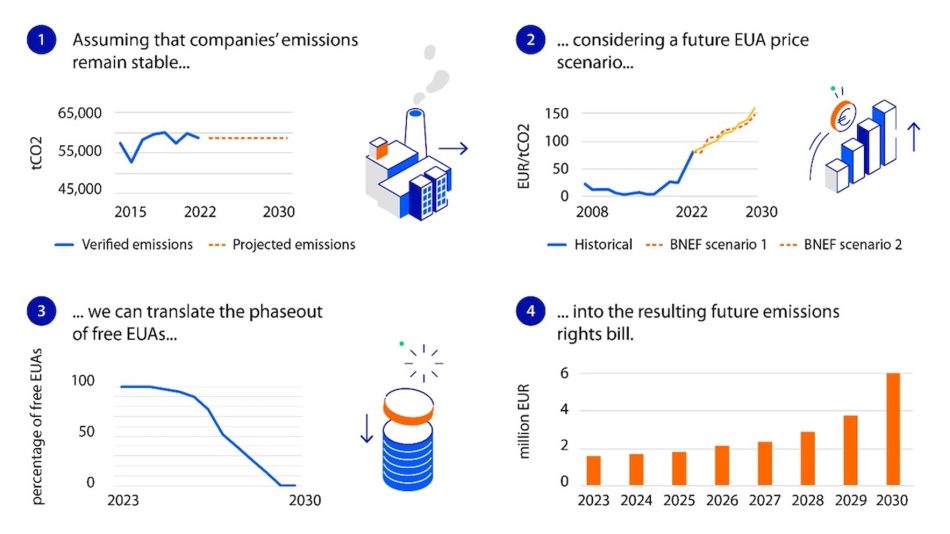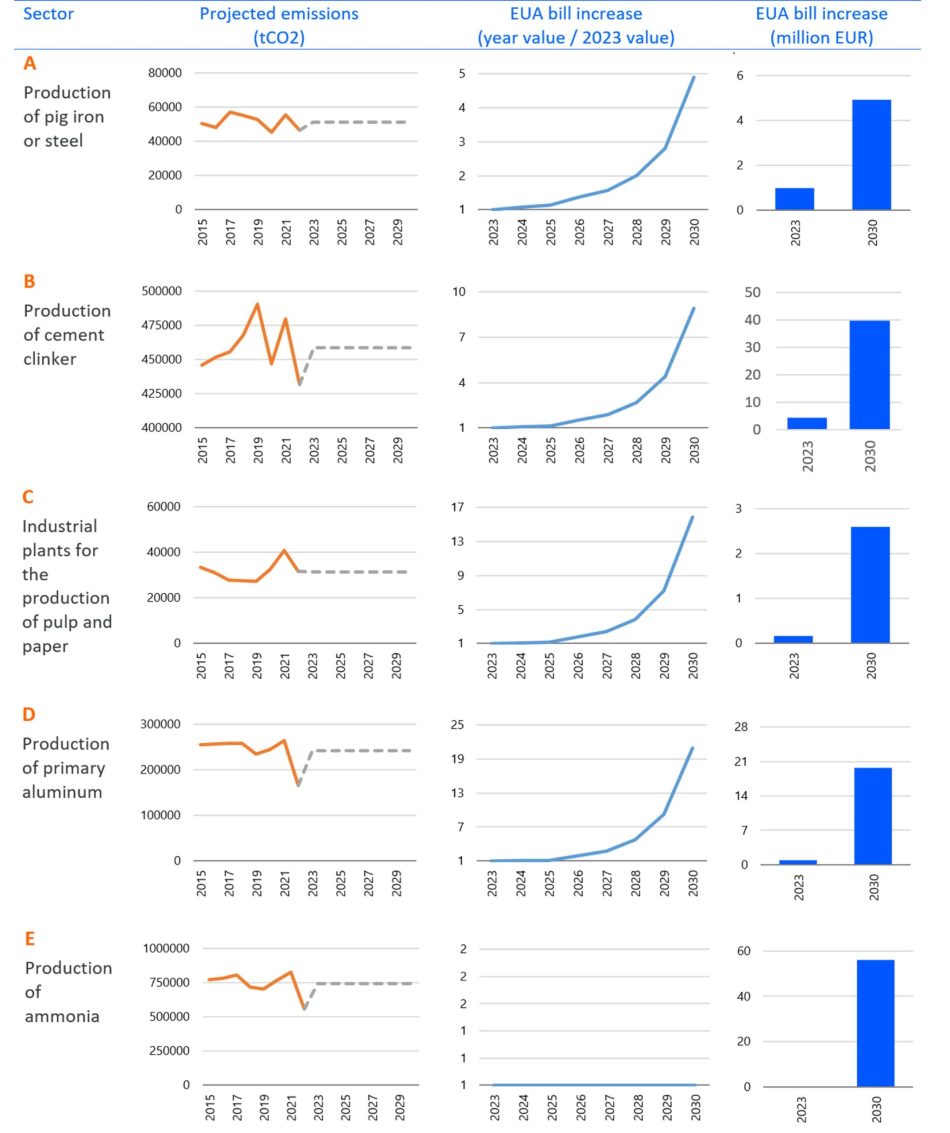Pablo Ruiz is Senior Energy Transition Specialist at RaboResearch. He holds a master’s degree in Mechanical Engineering and a master’s degree in Energy Markets and Regulation Modelling. During his more than 15-year career, he has been involved in processes such as the United Nations Framework Convention on Climate Change, the launch of the International Renewable Energy Agency and the development of the National Renewable Energy Action Plan for Spain. Before joining Rabobank, he was working as an Energy Policy Analyst at the European Commission’s Joint Research Centre. His work has been cited in the Impact Assessment accompanying the Communication on “Stepping up Europe’s 2030 climate ambition” and the European offshore strategy.







